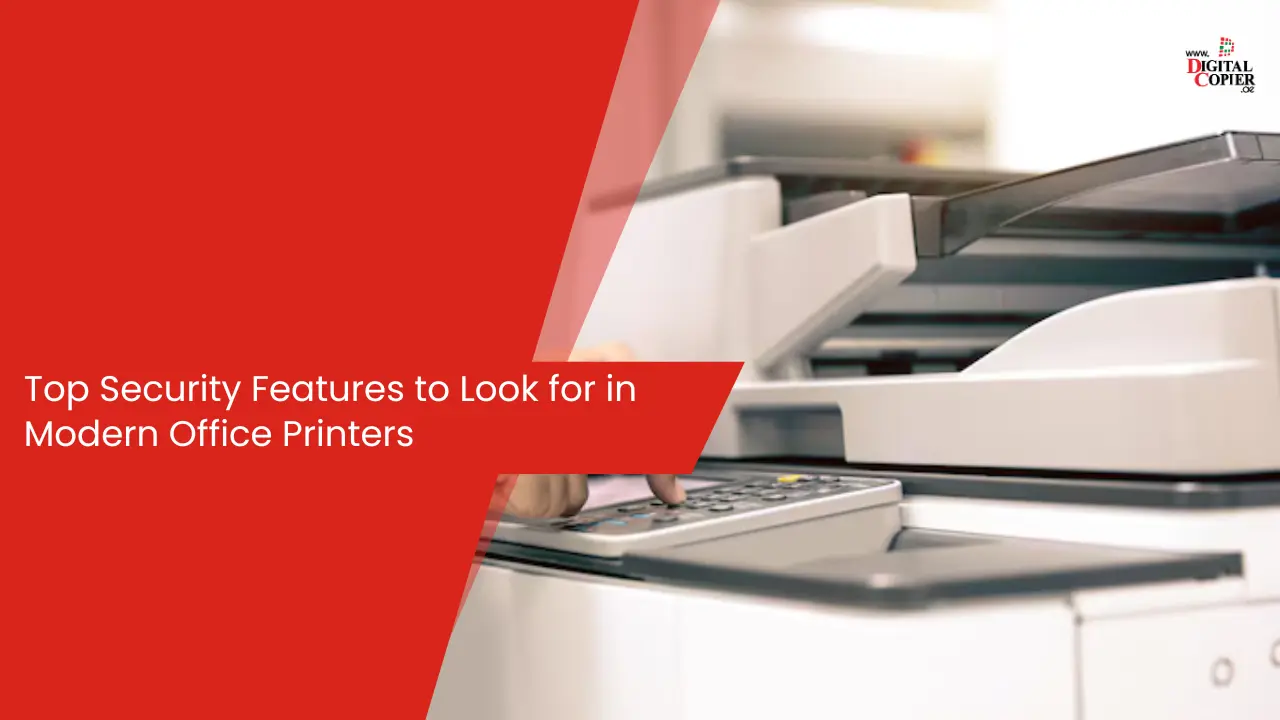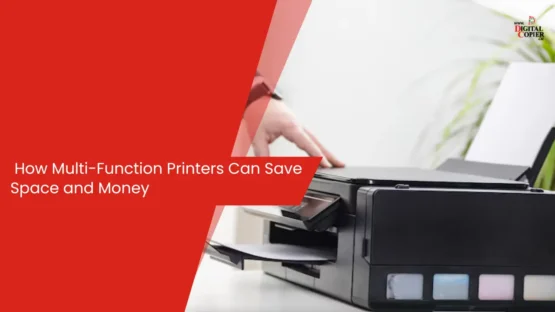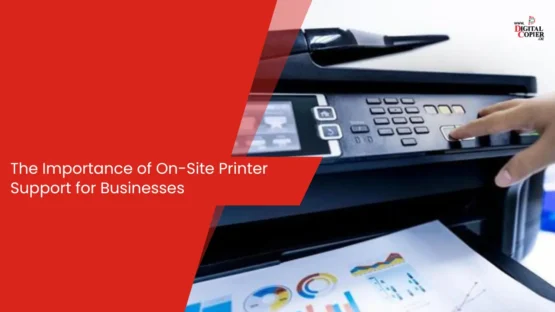- You have no items in your shopping cart
- Continue Shopping

In the current day and age, any device that is connected to a company’s network could be a source of cybersecurity risk. Most companies focus solely on cybersecurity for their computers, servers, or cloud systems, however, there is one critical workstation device that is overlooked: the printer. To say that modern printers are only paper-output devices is no longer accurate, as many printers act as a computer on the network. They can hold data, receive and process confidential information, connect to multiple devices, and sometimes even connect to the cloud. Although printers can add convenience, as a device with this amount of connectivity, they can also be an entry point for cyberattacks when not properly secured.
Companies that are purchasing new printers or considering Office rental Printers in UAE must also evaluate the security part of the printer with the same level of intensity as the printing speed or cost.
Why Printer Security Matters More Than Ever
The majority of companies will concentrate on cybersecurity protections like virtual private networks, firewalls, and antivirus software. As a connected device to your offices Wi-Fi network or internal network, a printer has similar security issues as computers do. When an employee prints a file, the information travels over the network from the employee’s device to the printer. A compromised printer could allow a hacker to access this information, view recent jobs, and/or even access the network. This is especially concerning for segments of the real estate, healthcare, financial services, law firms, and education industries which deal with sensitive information almost daily. In other words, a compromised printer is an open treatment door.
Secure Printing Through User Authentication
User authentication is perhaps the most critical aspect of a secure printer. Many businesses prefer to deploy printers where printouts are sent to an accessible shared printer and printouts are left behind for the next person to pick them up, either intentionally or by accident. Secure user authentication means that printouts remain in the queue and are not printed until the authorized user is present at the printer and provides physical authentication via a PIN, access card, or employee login.
This feature allows the organization to hold the employee accountable for printing, protect very private printed documents, and not allow an unwanted individual to access those printouts.
Data Encryption :Safeguarding Data Before and After Printing
When the information is printed, it is not just sent onto paper. It goes from the employee’s computer, through the office’s network, and then to the printer. During this process, sensitive information is susceptible to being intercepted. Printers with types of encryption protect the information as it travels and while it is stored, also stopping an unprivileged user from accessing or recovering the information.
Encryption will also prevent the data from being readable even if the printer is hacked, or even the network is hacked and the hacker captures the data while it is traveling.
Automated Security Updates and Supply Monitoring
The landscape of security threats is ever evolving and keeping the firmware up to date limits the threat of unauthorized access to the printer’s OS. This is where Managed Print Services (MPS), can be a huge benefit to modern businesses. Today’s technology, businesses won’t need to monitor toner levels and update the firmware; this is a built-in feature of How Managed Print Services Automate Supplies and Service, which automatically identifies low/new supplies, ordering the new supplies automatically, applying security patches, and monitoring the overall performance of the printer.
All you know that the printer is going to operate at a high level with no internal IT department involvement. Not only do you know the printer is running at high levels, all the devices in its estate are current with its security patches.
Avoiding Printer Downtime Through Smart Maintenance
Every organization will have its share of printing problems; it’s just part of the deal with a paper jam, scanning problem, low toner, or a surprise accident. Problems affect workflow time no matter who’s at fault. This issue is multiplied in a fast-paced environment. Learning about Common Copier Problems and How to Aviod Them, will help your business to minimize downtime of printing. Print asset management systems in today’s printing devices provide users with notifications of potential problems before the problems occur, e.g., supplies running low, printing inoperability, etc.
Secure Data Storage and Automatic Hard Drive Wiping
Various business owners do not understand that printers save depictions of what is printed, scanned, and copied on the inside. If the printer went away, was serviced, or was sold, the internal file could be recovered with sensitive information included. This is the reason many of the advanced printers came with an automatic overwrite of data and secure wipe of the hard-drive, allowing no remnant of a print job to be left inside the machine.
Centralized Control for Better Security
When organizations grow, and multiple printers are placed on various departmental or office branches, the management of security becomes more complicated. With centralized print management, administrators manage permissions, view usage reports, and ensure consistent security policies across all devices.
Organizations that choose corporate enterprise-class printing platforms or the Best print management solutions Abu dhabi can benefit from centralized management of monitoring access, and visibility of all print activities, ensuring that the entire printing ecosystem stays secure, efficient, and cost-controlled.
Conclusion
Printers are an important part of day to day operations in business. However, as businesses digitalize, printers are becoming a weak point in some businesses’ security posture. Today, securing your printers is just as important as securing your computers. In your considerations of whether you want an A3 Print Solutions rental business, and what model printers you may want, remember to look for security features that consists of authentication, release codes, encryption, automatic data wiping, centralized management and MPS connection.




